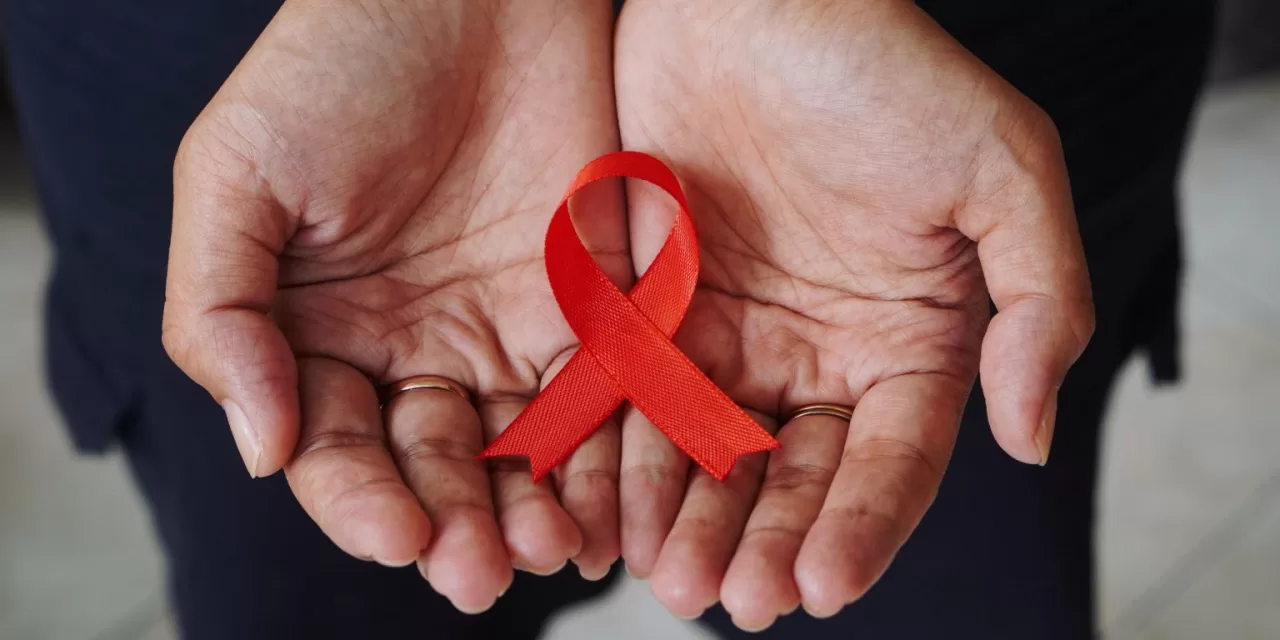A new modeling study published in The Lancet HIV journal has issued a stark warning: significant cuts to international funding for HIV prevention and treatment programs could lead to millions of additional HIV infections and deaths globally.
The research, conducted by the Burnet Institute, estimates that between 2025 and 2030, a reduction in funding from the top five donor countries, including the U.S. and the UK, could result in 4.4 to 10.8 million additional new HIV infections and 770,000 to 2.9 million HIV-related deaths in children and adults.
The study highlights the crucial role of international donors, who have provided approximately 40% of HIV funding in low-and-middle-income countries (LMICs) since 2015. The U.S., UK, France, Germany, and the Netherlands together account for over 90% of this funding. However, recent announcements of foreign aid cuts, coupled with a temporary pause on U.S. foreign aid, threaten to significantly reduce this support.
The U.S., the largest contributor, paused nearly all foreign aid on January 20, 2025, for a 90-day review. This, combined with planned reductions from other major donors, could lead to a 24% decrease in global international HIV funding by 2026.
The most severely affected populations are expected to be in sub-Saharan Africa, as well as marginalized groups such as people who inject drugs, sex workers, men who have sex with men, and children, all of whom are already at higher risk of HIV.
Programs like the U.S. President’s Emergency Plan for AIDS Relief (PEPFAR) provide vital services, including antiretroviral therapy (ART), HIV testing, and laboratory services. These programs also support broader health systems, including tuberculosis treatment and maternal and child health programs.
“The United States has historically been the largest contributor to global efforts to treat and prevent HIV, but the current cuts to PEPFAR and USAID-supported programs have already disrupted access to essential HIV services,” said Dr. Debra ten Brink, co-lead study author. “If other donor countries reduce funding, decades of progress to treat and prevent HIV could be unraveled.”
The study’s models predict that if funding cuts continue, new infections and deaths could rise to levels not seen since 2010, potentially reversing all progress made since 2000. Even a temporary disruption of 12 to 24 months could have long-lasting consequences, requiring an additional 20 to 30 years of investment to eliminate HIV/AIDS as a public health threat.
“There could be an even greater impact in sub-Saharan Africa, where broader prevention efforts, such as distributing condoms and offering pre-exposure prophylaxis (PrEP), are at first risk to be discontinued,” added Dr. Rowan Martin-Hughes, co-lead study author.
The authors emphasize the urgent need for sustainable financing strategies and the integration of HIV services into broader health systems. They also acknowledge limitations in their study, including the unpredictability of foreign aid funding and the extrapolation of data from 26 countries to all LMICs.
The authors also noted that the estimations are likely an underestimation of the true impact. Future research will focus on optimizing reduced budgets and prioritizing interventions.
Disclaimer: The information presented in this article is based on a modeling study and does not represent definitive predictions. Actual outcomes may vary depending on numerous factors, including changes in funding policies, the effectiveness of mitigation efforts, and the evolution of the HIV epidemic. Readers are advised to consult with healthcare professionals and relevant authorities for the most up-to-date and accurate information.












